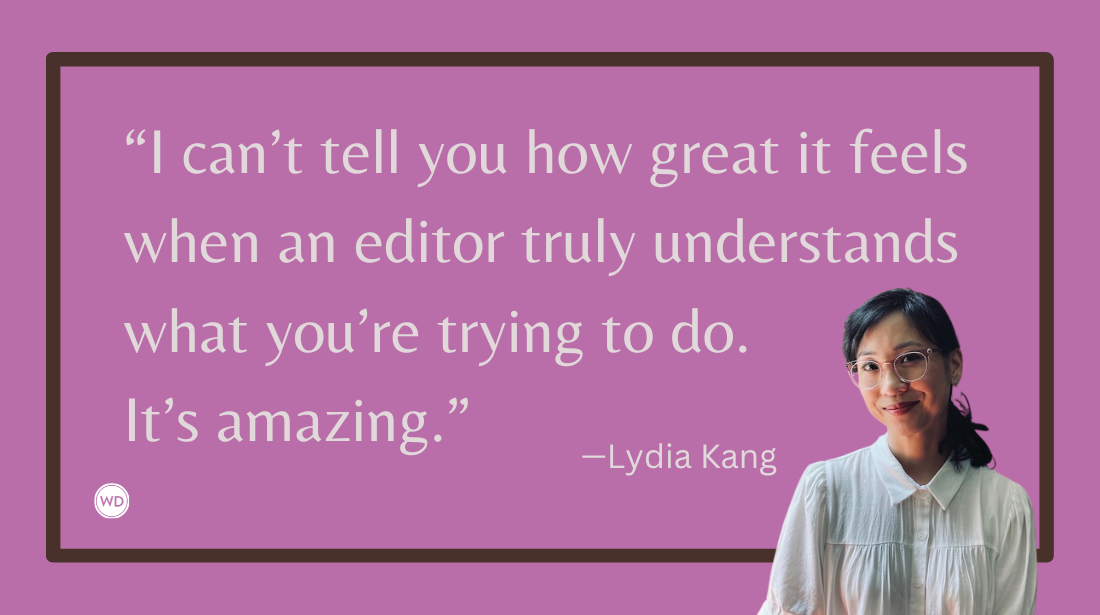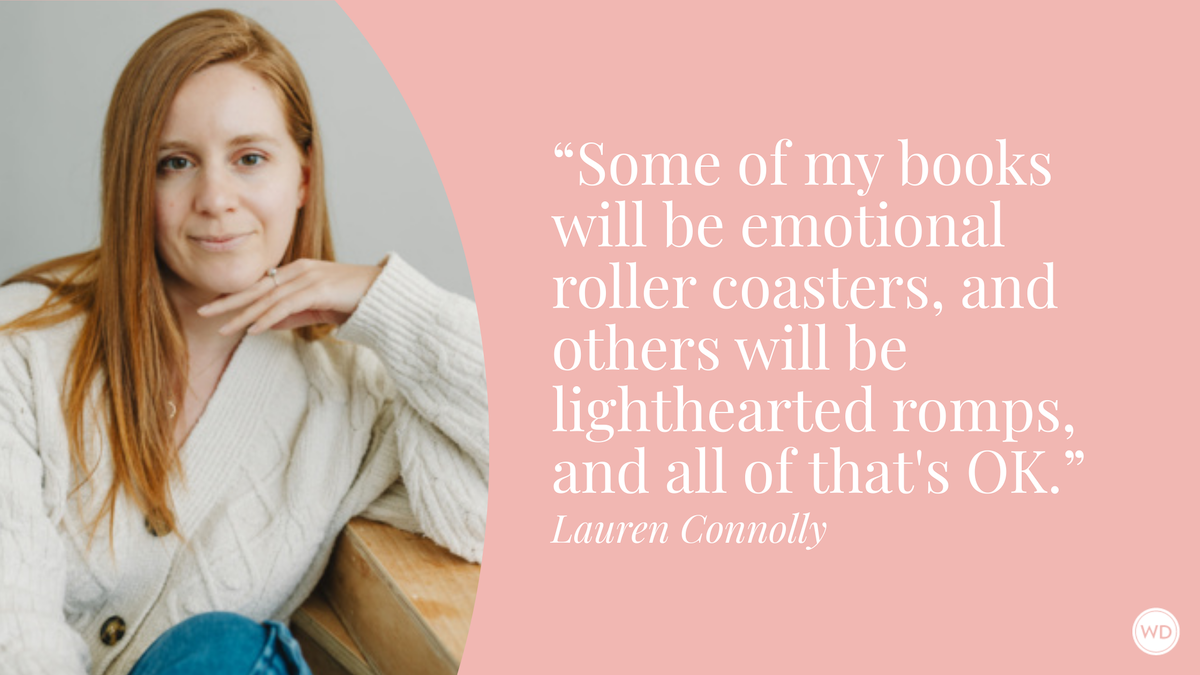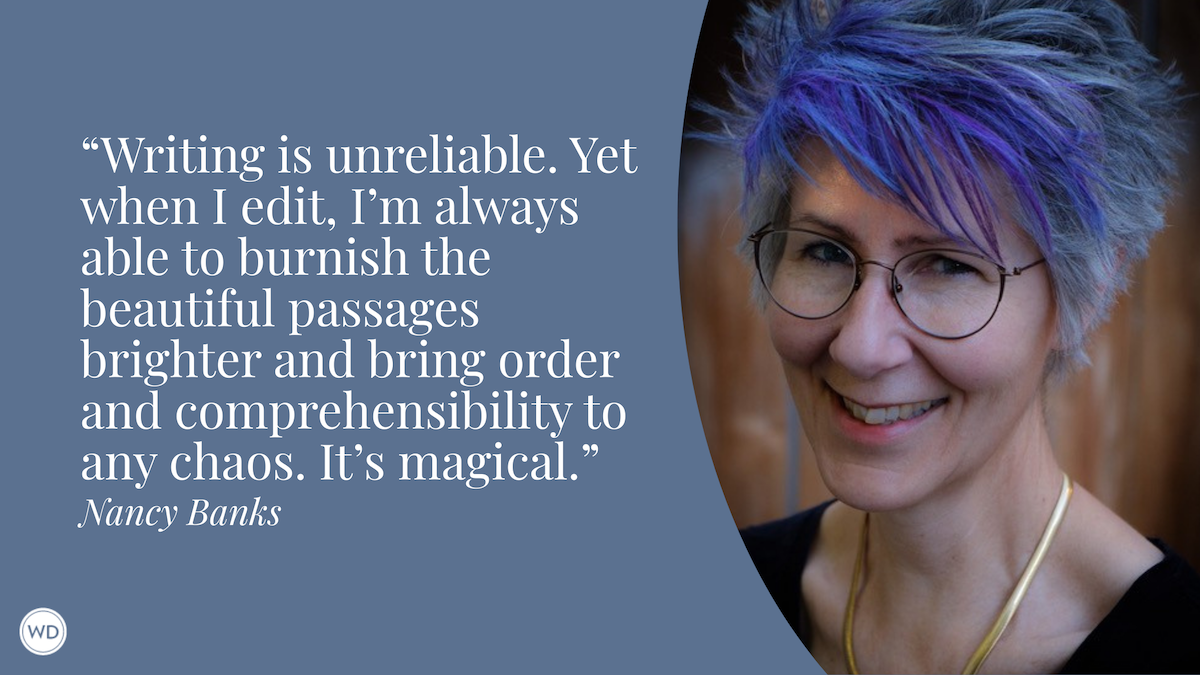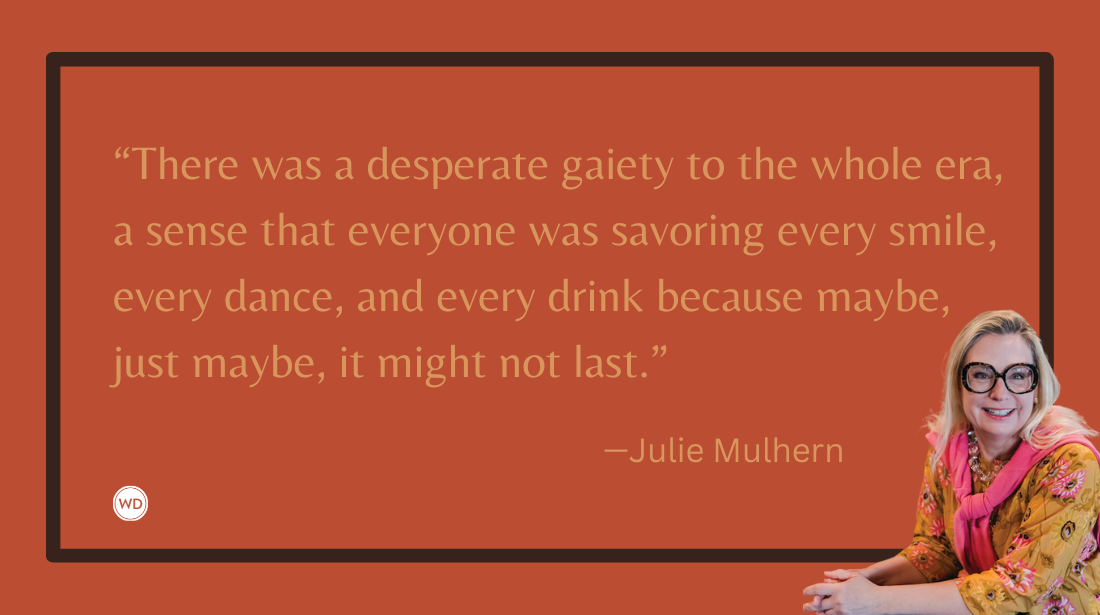Write Better: The 7 Qualities of High-Concept Stories
Stumped by submission guidelines calling for “high-concept” romance, suspense, young adult or other popular fiction? These 7 qualifiers will help you gauge how (and where) your work fits in.
Stumped by submission guidelines calling for “high-concept” romance, suspense, young adult, or other popular fiction? These 7 qualifiers will help you gauge how (and where) your work fits in.
You’re ready to begin the process of pitching your book to prospective literary agents or publishers. You begin combing through market listings, thinking it will be a simple matter of finding those who accept work in your genre—but time and again, you discover submission guidelines expressing a preference for “high-concept” stories. Your brow furrows. High concept? What the heck does that mean? Your confusion turns to frustration, and maybe even panic because no one on your wish list defines this popular term d’art. They simply declare that it is what they want a story to be, it is what they prefer, indeed, it is the Holy Grail for submission success. But how are you to succeed when you don’t even understand what they’re asking for?
You’re not as out of the loop as you may feel. The truth is that many of the very gatekeepers who use the term high concept aren’t much clearer about what it means than you are. Take the simpler buzzword concept, for starters. If you were to ask a random selection of agents or editors to define it, you’d likely get as many definitions as people responding to your question:
- “It’s your story’s hook.”
- “It’s what’s fun about your story.”
- “It’s your story in a single image.”
- “It’s your story’s heart.”
- “It’s your story as a movie one-sheet.”
- “It’s the essence of your premise.”
… and so on.
Similarly, there is no consensus on the true definition of high concept. So how can you as a writer deliver what these markets want, when they can’t even define the thing they’re asking for?
High concept exists on a continuum of expression; it is not a single, definable attribute. Think of it as a collection of qualities that once identified can help you pinpoint the height of the concept present in your story. In my 20-plus years consulting with novelists, screenwriters, and nonfiction authors, I have identified seven common traits in stories, across all genres, that most industry pros seem to agree signify a high concept.
7 Qualities of High-Concept Stories
- High level of entertainment value
- High degree of originality
- Born from a “what if” question
- Highly visual
- Clear emotional focus
- Inclusion of some truly unique element
- Mass audience appeal (to a broad general audience, or a large niche market).
Most stories do not possess all seven qualities. Because high concept develops along a continuum, a high-concept story may be strongly identifiable by two of the qualities, or may more vaguely possess five of these traits. The more of them you can identify in your story, the higher the concept. Having just one quality out of seven does not necessarily mean that you don’t have a high-concept idea; it just means that your story’s potential to appeal to “high-concept” markets (or to gatekeepers who specify that they are seeking high-concept work) might be softer than other stories that possess multiple qualities from the list. When the idea of high concept is put in the context of these seven qualities, it becomes easier to see how commercially appealing books have a clear line of demarcation. That line is the high concept.
With that in mind, let’s look more closely at each of these qualities to get a better idea of what they mean.
1. High level of entertainment value
Defining “entertainment value” is like trying to define pornography; it’s in the eye of the beholder. Here’s where you may need to get some outside advice, because you might not be the best judge of how your own work is perceived by others. Ask a trusted reader to explain, as best he can, what is purely entertaining about your idea or story. Get a second opinion, and a third, and a fourth. This can be invaluable feedback, provided that you recruit people willing to tell you the truth and not what they think you want to hear.
2. High degree of originality
People often use the term interchangeably with words such as fresh, new, innovative, novel—but what does it really mean to be original? Think of originality as approach-centric. Your story’s idea may be centered in a familiar context, but your approach to that idea comes from an unexpected angle. For example, Mary Shelley’s Frankenstein took a familiar idea—evil monster terrorizes humans—and added an original take: The monster and humans switch moral ground and the humans terrorize the monster. Originality is more about finding new ways to present the familiar than it is about inventing something that’s entirely unlike anything that’s ever been done before (a nearly impossible feat).
3. Born from a “what if” question
What if dinosaurs were cloned (Jurassic Park, Michael Crichton)? What if women stopped giving birth (The Children of Men, P.D. James)? What if Martians invaded the earth (The War of the Worlds, H.G. Wells)? High-concept stories often begin with a “what if” scenario, and then the hook becomes clear. What’s the hook, you ask? That part of the concept that grabs the reader by the scruff of the collar and doesn’t let go.
4. Highly visual
High-concept stories have a visual quality about them that is palpable. When you read or hear about a high-concept story, your mind starts conjuring images and you can see the story unfold. High-concept books tend to make for great film adaptations, and this is why. Books with cinematic imagery are almost always high-concept stories.
5. Clear emotional focus
As with imagery, high-concept stories spark emotion, but not just any emotion. Usually, it’s a primal emotional response: fear, joy, hate, love, rage. There is no wishy-washy emotional engagement of the reader. The involvement is strong, immediate, and intense.
6. Inclusion of some truly unique element
Whereas originality is about a fresh approach or perspective, uniqueness is about being one of a kind, incomparable. In high-concept books, this can often take the form of a unique physical execution of prose formatting or book design. Take, for example, Clive Barker’s Abarat: Absolute Midnight. The book includes more than 125 full-color illustrations, giving the work a hybrid prose/graphic novel character. Being unique transcends originality.
7. Mass audience appeal
High-concept stories, even if easily categorized by a certain genre (romance, science fiction, horror, etc.), appeal to an audience beyond the narrow confines of that genre’s readers or fans. The target market is broad, diverse, and large. High-concept stories are often those that become popular, even trendy, because they possess the potential for crossover appeal, or even for being dually categorized on mainstream/popular shelves in bookstores. For example, high-concept mysteries might appeal to people who don’t typically think of themselves as mystery buffs. High-concept memoirs might appeal to readers who don’t typically enjoy personal accounts.
It’s important to remember that this list of high-concept qualities is not some sliding scale of good or bad, or an attempt to judge your work as worthy or unworthy of submission—quite the contrary. Your submission will be considered based on many factors, and in fact, there are plenty of good agents and publishers who don’t specify a preference for high-concept work in their guidelines. This list simply presents an effective tool for helping you to know with confidence that you are positioning your writing appropriately, with the right potential representatives, in the right markets. In a submissions process that can often feel like a guessing game, understanding what high concept means, and honestly assessing how closely your work fits that description, can eliminate much of that guesswork and set you up for submission success.
Jeff Lyons, who is currently a story editor and story development consultant at Kensington Entertainment, Burbank, Calif. He also teaches story structure and story development through Stanford University's Online Writers Studio, and guest lectures through the UCLA Extension Writers Program and the University of Toronto. His writing can be found in Script magazine, Writer’s Digest magazine, and The Writer magazine. Jeff is the founder of Storygeeks, a professional services company offering story consulting, training and editorial services to screenwriters, novelists and nonfiction authors. More information can be found on his website www.StoryGeeks.com. Follow on Twitter @storygeeks and “like” Storygeeks on Facebook. In 2015, Jeff will be publishing Anatomy of a Premise Line: How to Master Premise and Story Development for Story Success through Focal Press.









